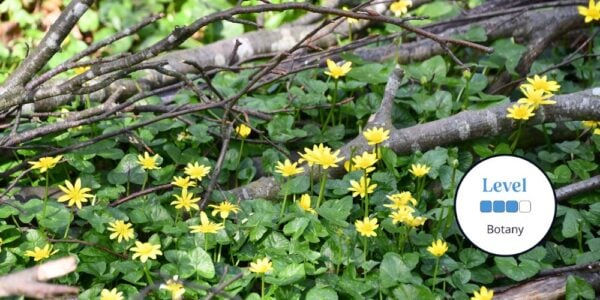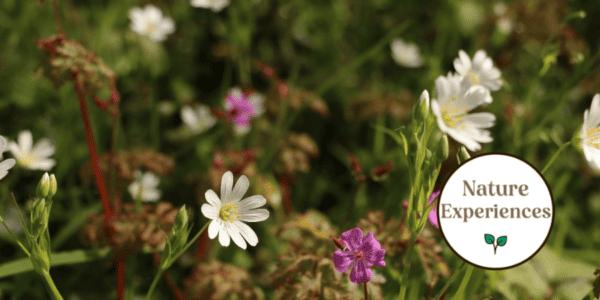Non-native invasive plants guide
The Non-native invasive plants guide features 31 species of land plants covered by legislation in the UK and Republic of Ireland.
It is a criminal offence to plant or cause to grow in the wild a listed invasive non-native plant. Accompanying text specifies the current legal status of each species. Scientific and common names follow the latest edition of Stace (2019).
Although over 1300 non-native plants grow in the wild in Britain and Ireland, only around 8% of these are invasive. They include Japanese Knotweed, American Skunk-cabbage, Variegated Yellow Archangel, Yellow Azalea, Pirri-pirri-bur, Perfoliate Alexanders and several species of Cotoneaster. Unfortunately succesful control costs millions, sometimes taking several years to eradicate the plant from a site.
Many non-natives have grown in the wild for hundreds of years, while others are more recent arrivals. Some plants came here accidentally, while others were brought in for gardens or agriculture. They reach new sites through the dumping of garden waste, containing fragments like stolons, stems and bulbs, or by seeds spread by birds, mammals, wind and water.
It would be hard to image our gardens today without the many non-native plants that add colour and interest. But not all are docile domestics. Instead many are ‘garden thugs’ that can grow and spread quickly. Even within a garden these pose a challenge to the gardener. And if they escape into the wild, spreading and growing unchallenged, they threaten habitats and native wildlife. Invasive plants tend to show rapid growth, either spreading vegetatively or through copious seed production. Vigorous growth enables plants to establish quickly, allowing them to shade out other plants.








